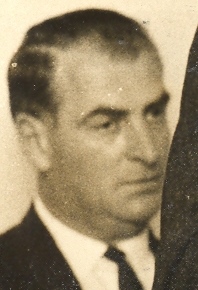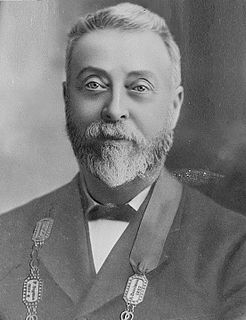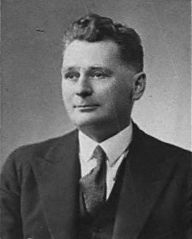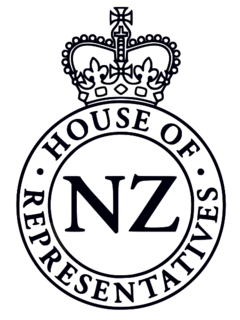
The 1931 New Zealand general election was a nationwide vote to determine the shape of the New Zealand Parliament's 24th term. It resulted in the newly formed coalition between the United Party and the Reform Party remaining in office as the United-Reform coalition Government, although the opposition Labour Party made some minor gains despite tallying more votes than any other single party.

John Alfred Alexander Lee was a New Zealand politician and writer. He is one of the more prominent avowed socialists in New Zealand's political history.

The 24th New Zealand Parliament was a term of the New Zealand Parliament. It opened on 23 February 1932, following the 1931 election. It was dissolved on 1 November 1935 in preparation for the 1935 election. The 24th Parliament was extended by one year because the 1935 election was held later than anticipated due to the ongoing depression, similarly the 1919, and the 1943 elections were held two years late, having been postponed during World War I and World War II respectively.

Sir Basil Malcolm Arthur, 5th Baronet served as Speaker of the New Zealand House of Representatives from 1984 to 1985. He was a member of the Labour Party.

Frederick Hackett was a New Zealand politician of the Labour Party.

Frank Langstone was a New Zealand Member of Parliament, Cabinet Minister and High Commissioner to Canada.

Daniel Giles Sullivan was a New Zealand Member of Parliament, Cabinet Minister and Mayor of Christchurch.
John "Jock" Skinner Stewart was a New Zealand politician of the Labour Party.

Clyde Leonard Carr was a New Zealand politician of the Labour Party, and was a minister of the Congregational Church.

Arthur Shapton Richards was a New Zealand politician of the Labour Party.
Edward George Britton Moss was an Independent Liberal Member of Parliament for Ohinemuri in New Zealand.
Timaru was a New Zealand Parliamentary electorate, in the South Island. It existed continuously from 1861 to 1996 and was represented by eleven Members of Parliament.
Parnell was a parliamentary electorate in the city of Auckland, New Zealand, from 1861 to 1954, with one break of eight years.
James Samuel Dickson was a Reform Party Member of Parliament in New Zealand.

Sir James Bell Donald was a United Party Member of Parliament and Cabinet Minister in Auckland, New Zealand.

David Goldie was the Mayor of Auckland City from 1898 to 1901 and a Member of Parliament in New Zealand.

Seymour Thorne George was a New Zealand politician. The premier, Sir George Grey, was his wife's half-uncle and adoptive father, and that relationship resulted in Thorne George representing the South Island electorate of Hokitika despite him being based in the North Island. He later represented the Rodney electorate. Thorne George was later Mayor of Parnell.
The 1936 Manukau by-election was a by-election during the 25th New Zealand Parliament in the Manukau electorate. It was held on Wednesday 30 September 1936. This by-election came about because of the resignation of Bill Jordan during the term of the 25th New Zealand Parliament. The by-election in the Manukau electorate was contested by Arthur Osborne for Labour and Frederick Doidge for National, with Osborne winning the election.



















